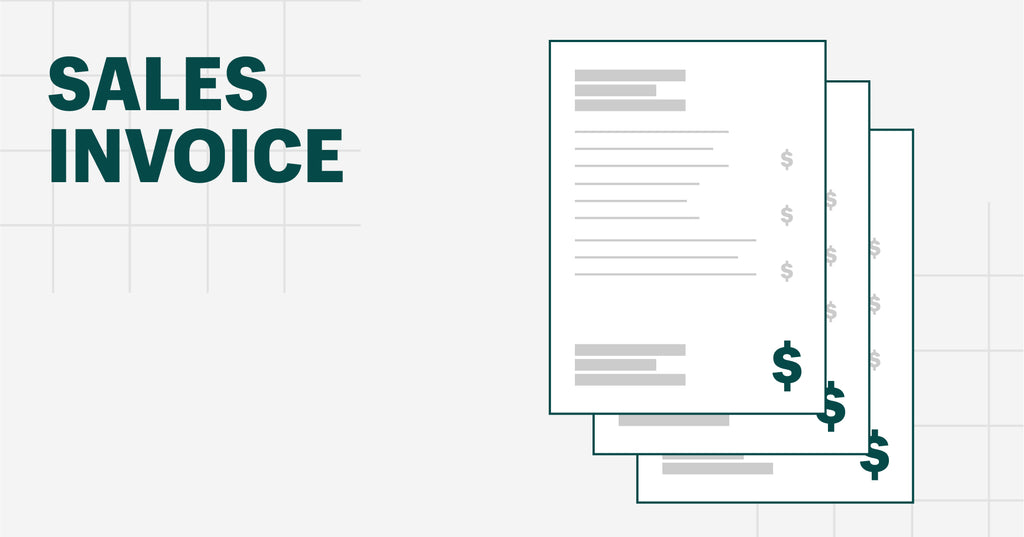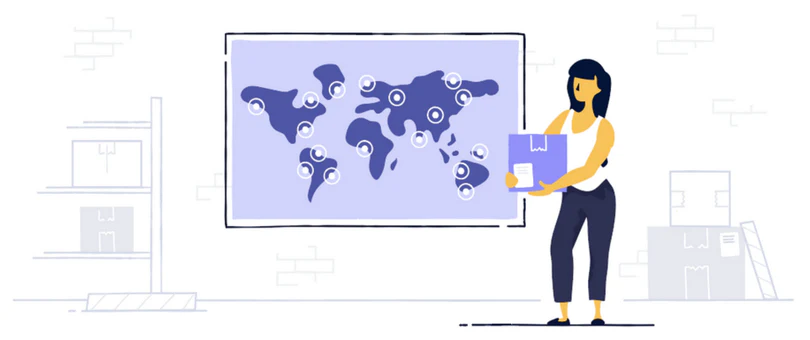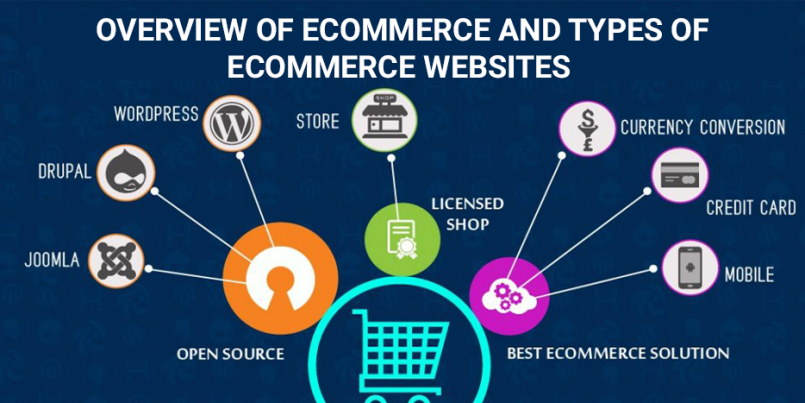
What Is a Sales Invoice?

Let’s say you’re a photographer who’s snapped some wedding photos, leaving a pair of happy customers in your wake. And, while the instant gratification of a Venmo request and instant payment seems the easy route, creating a sales invoice is a better financial choice. Sales invoices help paint a picture of your business’s cash flow, prove you’ve provided the services you’ve promised, and help you forecast future business.
What is a sales invoice?
Firstly, A sales invoice is a document sent to your customer or purchaser that names them, the goods or services you’ve provided to them, and when those items were delivered. A sales invoice might also include an itemized portion of the final fee noting the sales tax, shipping fees, or any other external costs. The information on a sales invoice includes:
- Contact information.The names, phone numbers, addresses, and email addresses of both you and your customer are on an invoice.
- Invoice date. This is the date you create and send the invoice to your customer.
- Services rendered. A sales invoice should itemize the products or services delivered to the customer, including the charge for each item and the total amount due.
- Due date. Before providing goods or services to a customer, clarify your preferred payment schedule and discuss a payment schedule that works for you both. This helps to prevent late payments that can disrupt your cash flow.
- Payment terms. Depending on your type of business, your invoice is also the place to include any terms and conditions for payment, such as accepted payment methods or your late fee policy.
- Invoice number. Each invoice sent to a customer should have an invoice number. This differentiates multiple invoices to the same customer and helps you track payments.
What is the purpose of a sales invoice?
Secondly, A sales invoice serves to inform the buyer or customer of the goods or services they purchased and the total amount they owe. On your end, sales invoices help bookkeeping—they’re official documents that track the total cash flow going into your business. Additional benefits of sales invoices include:
- Tax documentation. If your business is audited, sales invoices document your business’s cash flow. Plus, your invoices can calculate your expected accounts receivables and confirm annual tax documents from a client, like a 1099, are correct.
- Legal necessities. If you delivered services to a customer and they didn’t pay for them, what can you do? That’s where a sales invoice—with its due and invoice dates—can provide legal recourse. An invoice date proves you sent a customer a document to pay for services rendered with appropriate notice.
- Marketing and budgeting. Reviewing your sales invoices allows you to forecast your work over the past quarter and project into the next to plan for busier—or slower—months. Plus, your invoices show where demand is for your goods or services. You can use that knowledge to market yourself based on what people want.
How do you write a sales invoice?
Thirdly, Creating a professional sales invoice is easy when you use invoicing or accounting software, which allows you to fill in the blanks on sales invoice templates and email them within minutes. Other low-cost or free templates are available in apps like Google Documents and Microsoft Word. To fill out an invoice, gather the relevant information and prepare to include:
- Contact information. Include both your contact information (name, address, email, phone number) as well as the customer’s contact information.
- Dates. Note both the invoice date (the date that you’re creating and sending the invoice) and the payment due date.
- Invoice number. Create a new invoice number to differentiate the project and payment from other existing ones.
Description. In the description portion of your invoice, you can itemize the amounts you’re charging for which services. Be sure to note any details like times, dates, amount of goods, or hours of services.
Sales invoices FAQ
What is the difference between a sales invoice and a receipt?
A sales invoice is sent to a customer to request payment for goods or services rendered. A proof of payment receipt is issued after the customer pays that invoice.
What is the difference between sales invoices and bills?
A sales invoice and a bill are similar and can be the same document. The difference between an invoice and a bill is the point of origin. Sales invoices are sent to request payment, from a business owner to a customer, after they provide products or services. When that invoice reaches the customer, it becomes the customer’s bill.
What is the difference between a sales invoice and a purchase invoice?
A purchase invoice, otherwise known as a purchase order, is sent by a customer to a business to order a specific quantity of products or services, but it does not request nor provide a payment. Purchase invoices let business owners know when a customer wants goods delivered to them, how much they’ll pay for those goods or services, and when the business can expect payment, if fulfilled.
What is included in a sales invoice?
A sales invoice includes contact information for both you and your customer.
In Conclusion, It also includes an invoice number, invoice date, due date, the amount due, payment terms, and a description of the services or goods that have been delivered.







[…] the early days of live chat, live chat was often thought of as impersonal responses to customer complaints or an endless time suck for […]